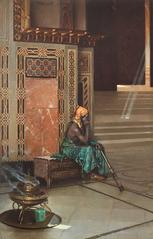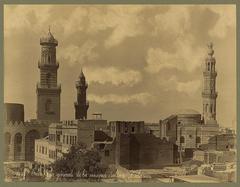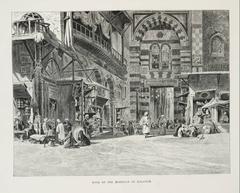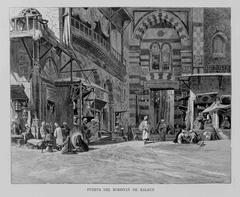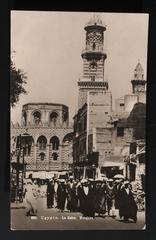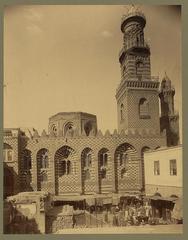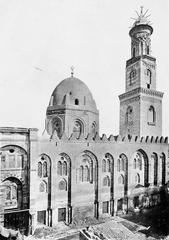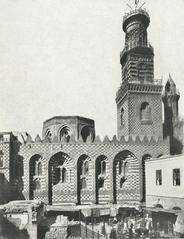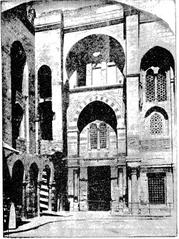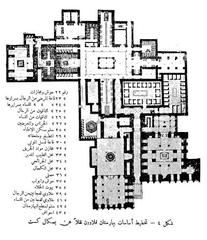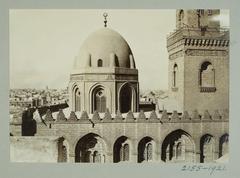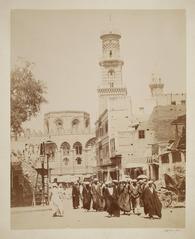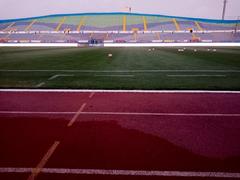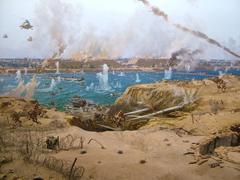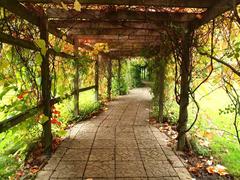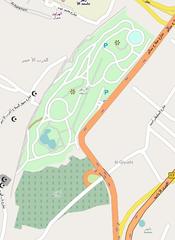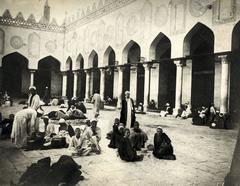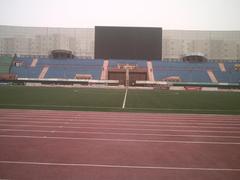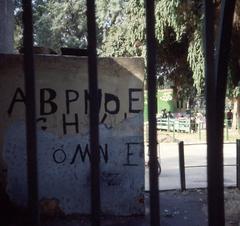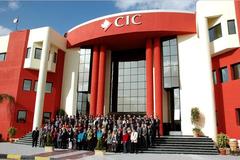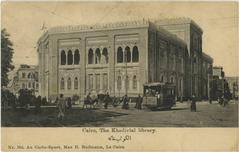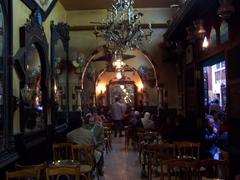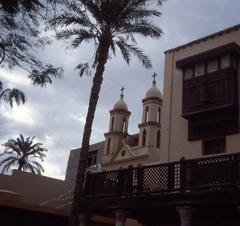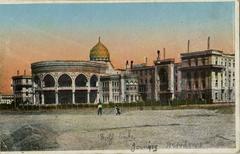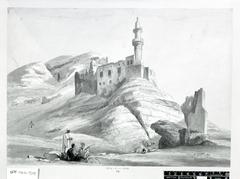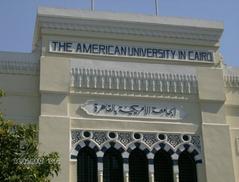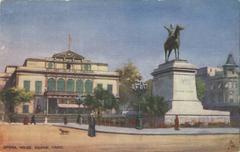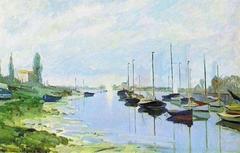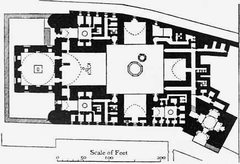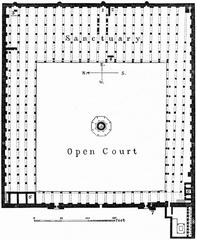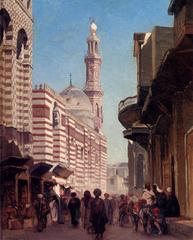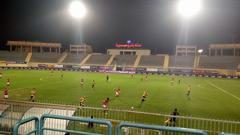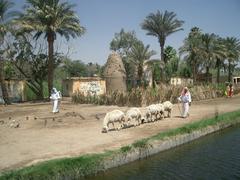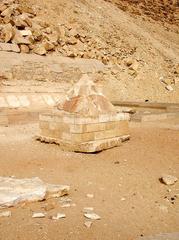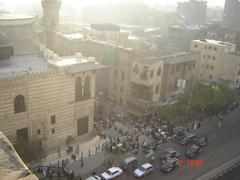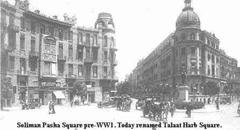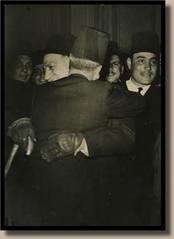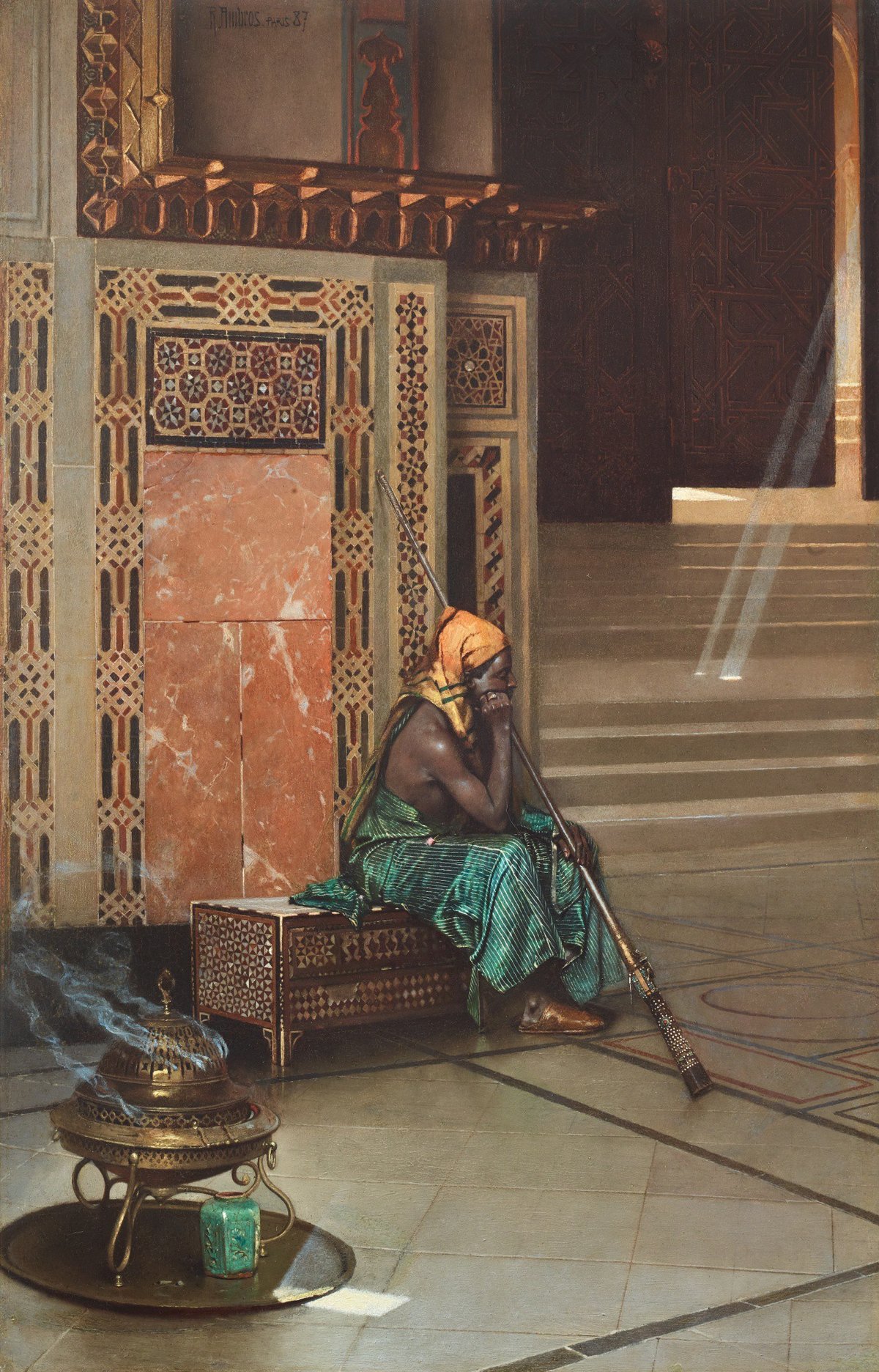
Al Mansour Qalawun Complex (Madrassa, Tomb And Hospital)
Comprehensive Guide to Visiting The Complex of Sultan Qalawun, Al Nozha, Egypt
Date: 24/07/2024
Introduction
The Complex of Sultan Qalawun stands as a monumental testament to Cairo’s rich architectural and cultural heritage. Located in the heart of Cairo’s historic al-Mu’izz Street, this masterpiece of Mamluk architecture was constructed between 1284 and 1285 by Sultan al-Mansur Qalawun. It encompasses a mosque, a madrasa, a mausoleum, and a hospital, each illustrating the grandeur of the Mamluk Sultanate. The site not only showcases the architectural prowess of the period but also serves as a significant cultural and educational hub, reflecting the Islamic principles of charity and social welfare. Today, the Qalawun Complex remains a vital part of Cairo’s historical landscape, drawing visitors from around the world eager to explore its historical, architectural, and cultural significance (Wikipedia, Egypt Tours Portal).
Table of Contents
- Introduction
- Historical Significance
- Architectural Significance
- Cultural and Educational Significance
- Artistic Significance
- Social and Political Significance
- Preservation and Modern-Day Significance
- Visitor Information
- Travel Tips
- FAQ
- Conclusion
Historical Significance
The Qalawun Complex was built over the ruins of the Fatimid Western Palace, reflecting the Mamluk Sultanate’s architectural prowess. After consolidating his rule and repelling the Mongols in Syria, Sultan al-Mansur Qalawun initiated this grand project to showcase his power and serve the needs of the people (Wikipedia). Strategically located near the Citadel, the complex became a central hub for Islamic religious and court ceremonies, playing a crucial role in Cairo’s prosperity from the 13th to the 16th centuries (Egypt Tours Portal).
Architectural Significance
The Qalawun Complex includes a mosque, a madrasa, a mausoleum, and a hospital, each showcasing intricate design and grandeur. The mosque’s towering minarets and elaborate calligraphy create an atmosphere of tranquility and reverence. The hospital, or bimaristan, was a pioneer in offering state-of-the-art medical facilities, embodying Sultan Qalawun’s vision of a compassionate society (Encounters Travel).
Cultural and Educational Significance
The complex served as a center for legal scholarship and charitable operations. The madrasa attracted scholars and students from across the Islamic world, making it a hub of intellectual activity (Wikipedia). The hospital provided free medical care, reflecting the Islamic principles of charity and social welfare (Egypt Tours Plus).
Artistic Significance
Renowned for its artistic richness, the Qalawun Complex features elaborate decorations and intricate architectural details. It remains one of Cairo’s most significant Islamic monuments, continuing to inspire and captivate visitors (Egypt Tours Portal).
Social and Political Significance
The complex played a significant role in Cairo’s social and political landscape, serving as a venue for important ceremonies and reinforcing the Sultan’s authority. Its grandeur and central location symbolized power and prestige (Wikipedia).
Preservation and Modern-Day Significance
Efforts to preserve and restore the Qalawun Complex have ensured its historical and architectural significance is appreciated by future generations. It remains a popular tourist attraction, drawing visitors eager to explore its rich history and stunning architecture (Egypt Tours Plus).
Visitor Information
- Visiting Hours: The complex is open daily from 9 AM to 5 PM.
- Tickets: Entrance fees are 60 EGP for adults and 30 EGP for students. Tickets can be purchased on-site.
- Dress Code: Modest clothing is recommended. Women should cover their heads, and both men and women should avoid wearing shorts.
- Guided Tours: Hiring a local guide is recommended for deeper insights into the complex’s history and significance.
- Photography: Photography is generally allowed, but be respectful of the site’s religious and cultural importance.
- Accessibility: The complex is partially accessible to visitors with mobility issues, but some areas may be challenging to navigate.
Travel Tips
- Timing: Visit in the early morning or late afternoon to avoid the midday heat and crowds.
- Nearby Attractions: The complex is near other popular attractions such as the Sultan Al-Ghuri Complex, making it convenient to explore multiple sites in one visit.
- Special Events: Check for special events or guided tours that may be available during your visit.
FAQ
- What are the Qalawun Complex visiting hours?
- The complex is open daily from 9 AM to 5 PM.
- How much are the tickets for the Qalawun Complex?
- Entrance fees are 60 EGP for adults and 30 EGP for students.
- Is the Qalawun Complex accessible for visitors with mobility issues?
- The complex is partially accessible, but some areas may be challenging to navigate.
- Is there a dress code for visiting the complex?
- Yes, modest clothing is required. Both men and women should cover their shoulders and knees.
Conclusion
Visiting the Complex of Sultan Qalawun offers an enriching journey through one of Cairo’s most significant historical sites. From its intricate architectural details to its deep cultural and social relevance, the complex stands as a beacon of Mamluk heritage. Preservation efforts have ensured that this remarkable monument continues to inspire and educate future generations. Whether you are exploring the towering minarets, the elaborate calligraphy, or the pioneering hospital facilities, the Qalawun Complex provides a comprehensive glimpse into the opulence and benevolence of the Mamluk era. Plan your visit to fully appreciate the historical and artistic richness of this Cairo gem, and immerse yourself in the vibrant legacy of the Mamluk Sultanate (Egypt Tours Plus, Encounters Travel).
